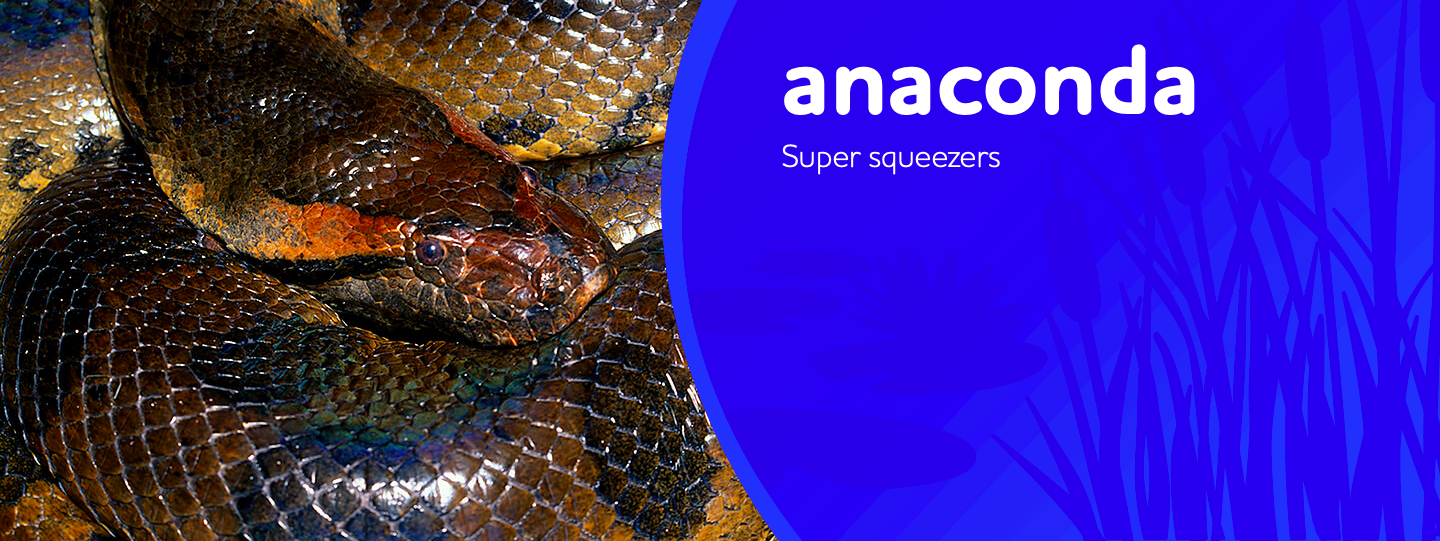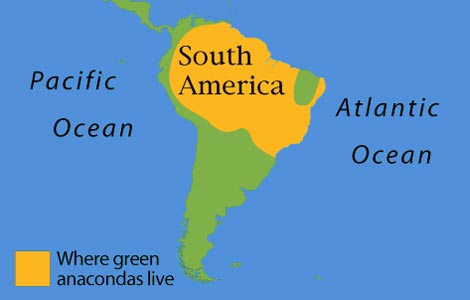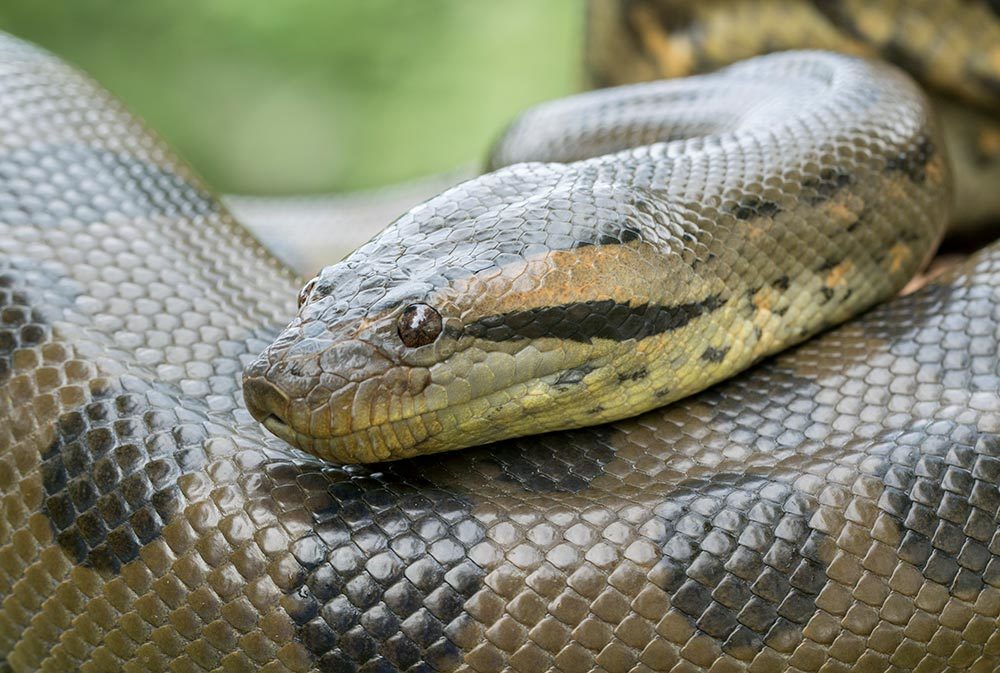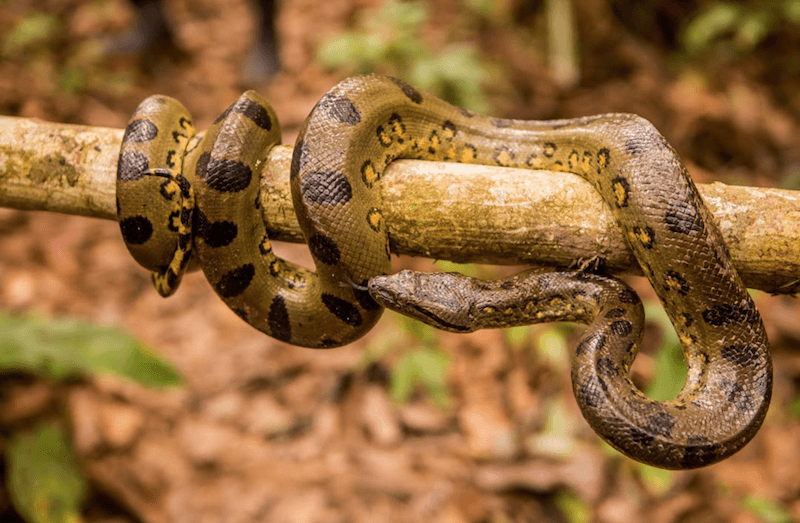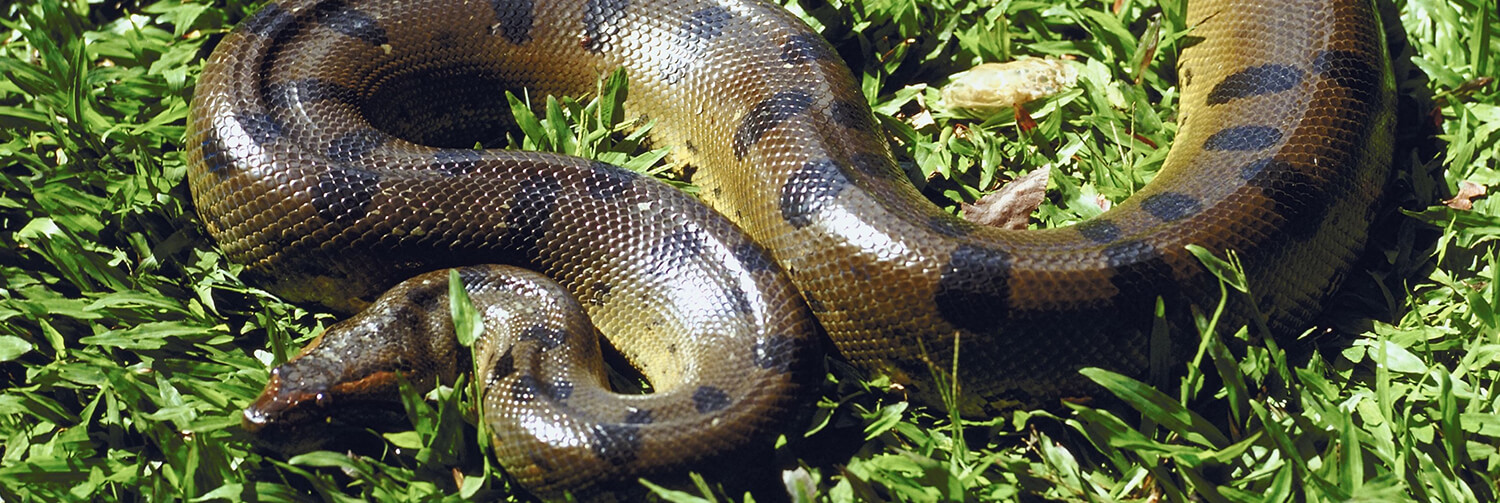STATUS
Near Threatened


SCIENTIFIC NAME
Eunectes murinus

POPULATION
4 species

LENGTH
up to 5 m (16.4 ft), with adult females, with a mean length of about 4.6 m (15.1 ft)

WEIGHT
up to 227 kg (500 lb)

HABITAT
SWAMPS
